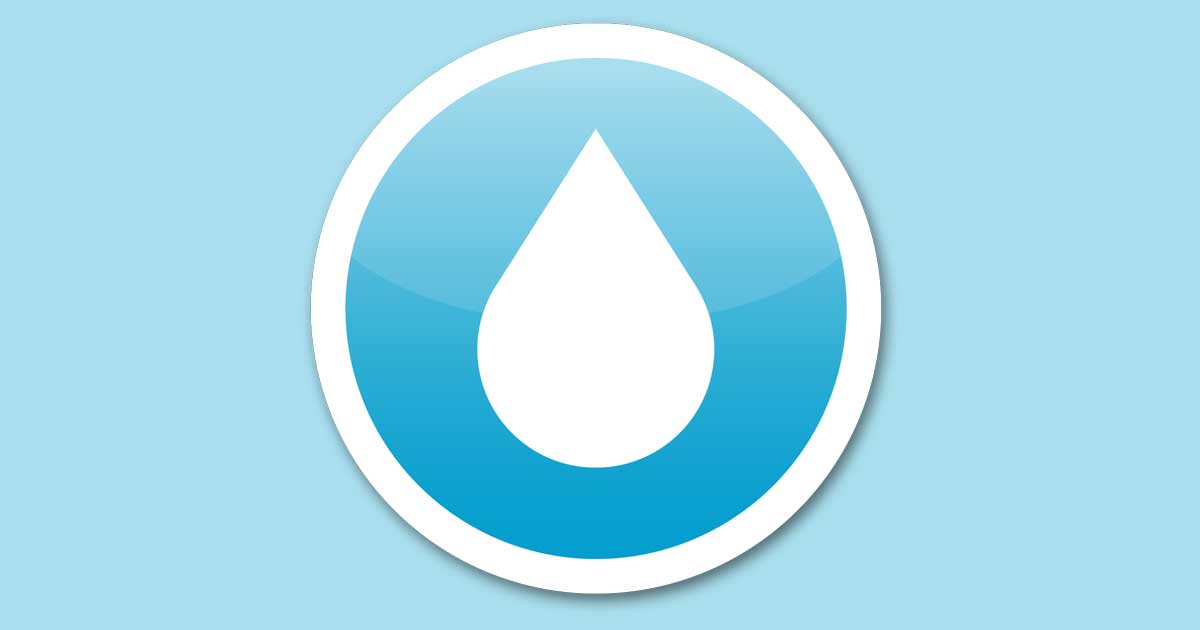DWSC has completed and submitted the required Service Line Inventory to TCEQ. Please contact DWSC if you would like a copy of this report.
When will customers be notified if a service line on either side of the meter is lead?
What if my service line is suspected to contain lead?
Customers with lead service lines, galvanized steel lines, or service lines of unknown material will be notified by Friday, November 15. You can use the tips below to reduce your possible lead exposure.
- Flush your plumbing before using the water for drinking and cooking. Running cold water from the tap for one to two minutes is sufficient. However, for known lead lines, run at high volume tap for five or more minutes. The routine of letting water run should be done each morning or if the water has not been used for six hours. To conserve water, fill up multiple containers after flushing the plumbing and store them in the fridge.
- Only use cold water for drinking, cooking and making baby food and formula. If you need hot water, draw cold water from the tap after running it and then heat it up. Hot tap water can dissolve lead more easily and is likely to have higher lead levels. Furthermore, boiling water does not reduce or remove lead. Bathing and showering is safe for you and children, even if there is lead in the water.
- Regularly clean your faucet's screen (also known as an aerator) once a month.
- Consider using a water filter pitcher or home filtration system that is certified to remove lead. Look for products certified for removal of lead and follow any manufacturer's guidelines on installation and maintenance of the product. Devices that are not certified to remove lead will not work.
In what year did the United States prohibit the use of lead lines in new constructions?
What materials can service lines be made of? How can I tell the difference between them?
Service lines can be made of PVC, copper, galvanized or lead. If you dig about 18" away from your water box on both sides, down to the level of your water line, you can do a scratch test on the material with a coin.
- PVC - A PVC pipe will be an obvious plastic material. You do not have to complete a scratch test on a PVC pipe.
- COPPER - A copper pipe will be a shiny bronzy color when scratched.
- GALVANIZED - A galvanized pipe will be a rusty color and when scratched it will look a dark silver color. Galvanized pipes are the only ones that are magnetic.
- LEAD - A lead line will be dull in color and when scratched it will be a shiny silver color.
What part of the line is my responsibility and what parts are the City's responsibilities?
The service lines are co-owned. The lines from the meter box to the house or business are the responsibility of the property owner. DWSC is responsible for all lines from the meter box to the water mains.
What is a service line?
